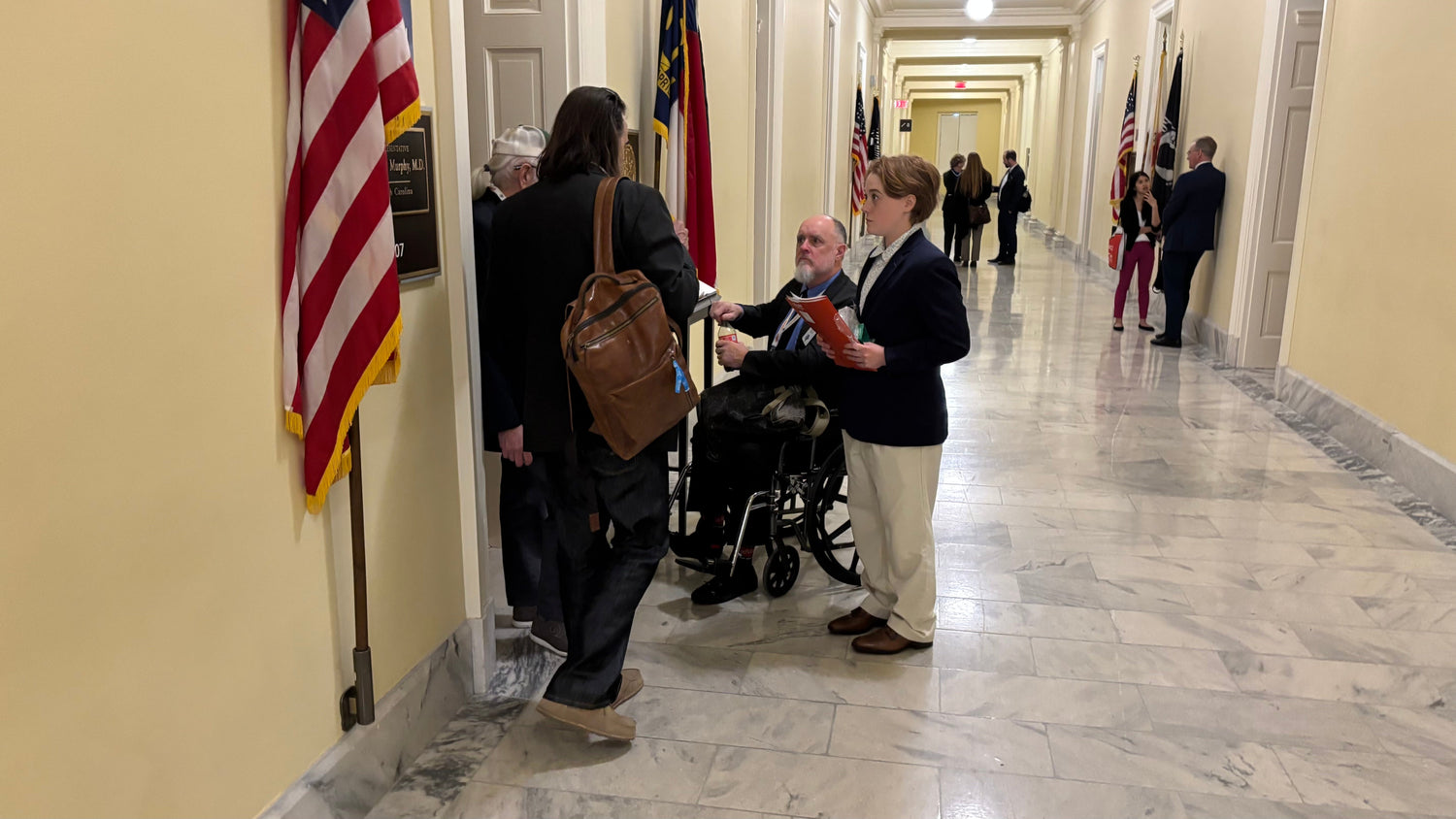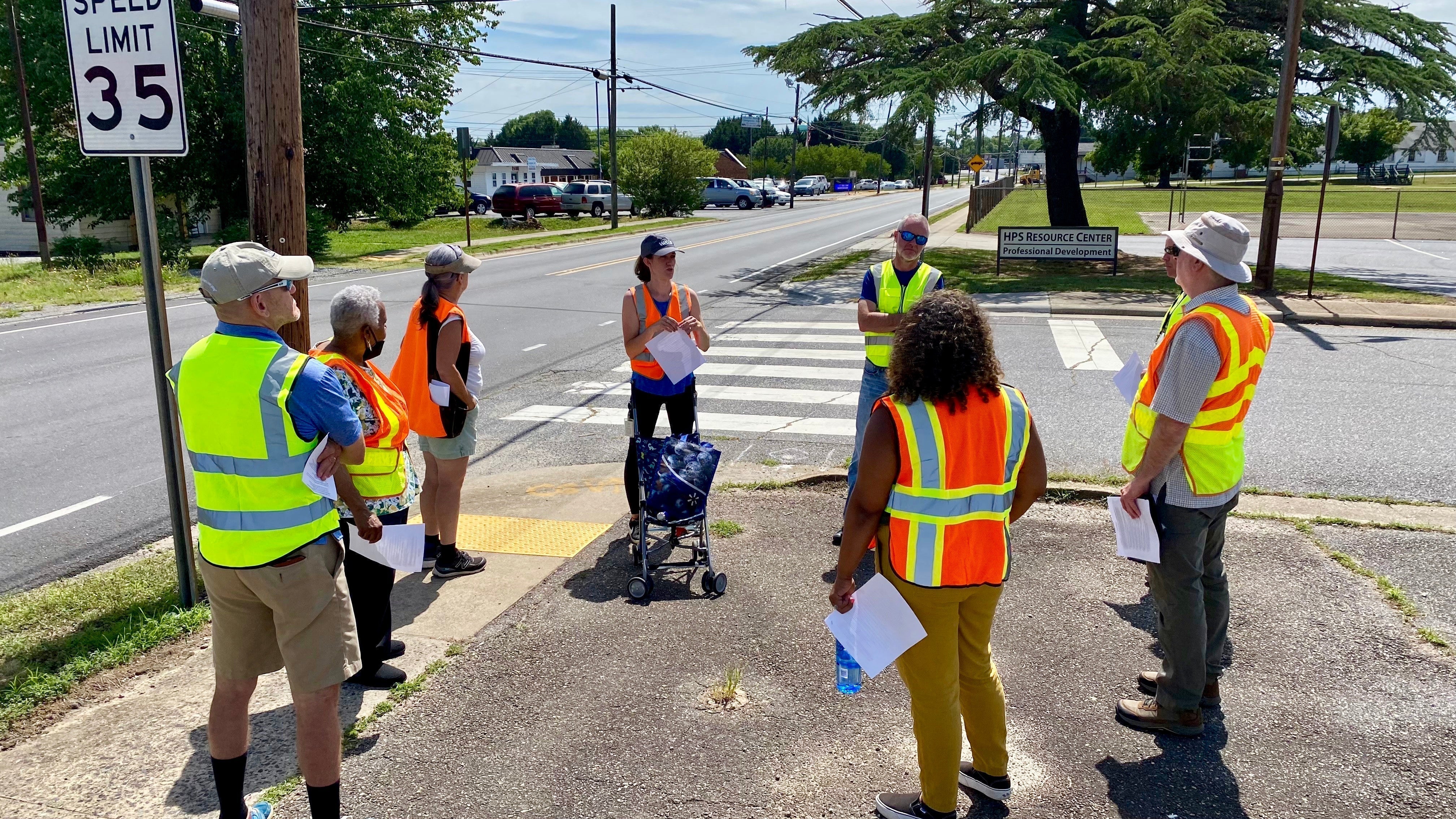The problem is real, urgent - and a steep climb to resolve.
First, the problem on our roads. I wrote about it from the perspective of 1975 to recent crash data in a Feb. 10 piece here with an emphasis on the significant increase in crashes involving pedestrians and bicyclists over the past few years. Here's what the League of American Bicyclists (LAB) says about it with a focus on 2023 on their National BikeSummit 2025 web page:
"Preliminary estimates indicate 1,149 bicyclists were killed in 2023, the highest number ever recorded, continuing an alarming trend. Nationwide, roads owned by state Departments of Transportation account for more bicyclist deaths than any other type of roadway owner. These roads often have higher posted speed limits than locally owned roads."
According to the Governors Highway Safety Association (GHSA), 7318 pedestrians were killed in traffic crashes in that same 2023. And those lives lost - and changed forever for those behind the wheel - become much more real when crash-related deaths happen close to home. Unfortunately, we in the Hickory area recently experienced two deadly hit and run crashes involving a man on a bike and a pedestrian only 5 days and 5 miles apart from each other on federally-owned US 70.
Last week, on March 12, cycling safety advocates from across the country participated in the LAB's National Bike Summit Congressional Lobbying Day. Here were the "asks", or requests, we made on behalf of the LAB to our state congressional and senatorial delegation:

Our North Carolina group consisted mostly of professional and volunteer board members from BikeWalkNC, North Carolina's statewide advocates for active transportation (walking, running, cycling and anything behind a car of truck steering wheel). Here's a bit of smile - how we looked huddled up in a Martin Luther King Library back room to nail down logistics for our "day on the Hill":

Regarding the first ask, we certainly advocated for the benefits of all active transportation regarding economic development and growth, reduced motor vehicle congestion, commuting and recreation with an emphasis on safe active transportation infrastructure to attract and sustain users. Hickory, NC, where I live, is a shining example - among many others across our country - of how multi-use trails invigorate economic growth and development and provide safe commuting and recreational access for anyone in any physical condition.
Safety very much dovetailed with the LAB's second ask, support for the Sarah Debbink Langenkamp Active Transportation Safety Act. First, that legislative bill, drafted in 2023, is named after a diplomat who was evacuated from Ukraine in 2022 shortly after the Russian-Ukraine War started. Only weeks after returning home to Bethesda, MD, Sarah was killed by a flatbed truck driver on her bike after dropping off her children, also on bikes, at school.

The "Sarah" bill would allow local municipalities to use money from the Highway Safety Improvement Program (HSIP) to satisfy their required 20% local match when applying for 80% federal funding of local active transportation safety improvement projects through the HSIP itself or the Transportation Alternative Program (TAP) and even the 2021 Infrastructure Improvement and Jobs Act (IIJA).
Yes, that process seems and is convoluted. The "Sarah" bill would clarify language about local access to federal funds to satisfy matching requirements and ensure that funding is limited only to projects dedicated to active transportation safety improvement. Still, that means that if the "Sarah" bill were enacted, a local active transportation project could be 100% federally funded.
A word of caution about 100% federal funding in our current financial state. The US debt right now is $36+ trillion, and the Trump administration is very actively pursuing cost-cutting measures - with unprecedented urgency - which make any hopes of passing this bill - or funding any active transportation project with federal money - a steep climb.
Regarding that last "steep climb" point and the third LAB ask, "checking on the status of critical discretionary grants", we heard, as we were standing in line to get through security to our Wednesday, March 12, congressional meetings, that the Trump administration had just put a hold on most bike/ped related federal grant funding. As a 1980's/1990's military vet and personal fiscal conservative, I agree with a thorough, objective vetting of federal spending. At the same time, bike/ped project funding has tremendously broad-based financial, community and health benefits that include tax-paying economic development and growth.
But here's a dose of reality - to me - and maybe you. Below is a Center on Budget and Policy Priorities overview sketch of where our tax payer dollars go.
Transportation, as circled in red above, accounts for roughly 2% of federal budget expenditures, and active transportation accounts for about 1-2% of that spending. To put that in "real" numbers, the US Dept. of Transportation spent $117 billion on transportation infrastructure in FY 2024. $117 billion accounted for 1.7% of the total $6.8 trillion FY 2024 US budget. Of that $117 billion, approximately (and I'm guessing here based on tough-to-divine information from a variety of sources) $1-2+ billion were spent on active transportation.
Bottom line: we on our North Carolina/BikeWalkNC team put our best foot forward, but any real "rubber on road" success to improve active transportation and road safety for all - in North Carolina and beyond - will depend on how we follow up and work together with federal and state legislators along with advocacy organizations on realistic expectations and outcomes. Yes, that follow-up is a steep climb, but the alternative, allowing the status quo to remain in place, especially in the face real data, is clearly unacceptable.
More about that effort soon.







Leave a comment
All comments are moderated before being published.
This site is protected by hCaptcha and the hCaptcha Privacy Policy and Terms of Service apply.